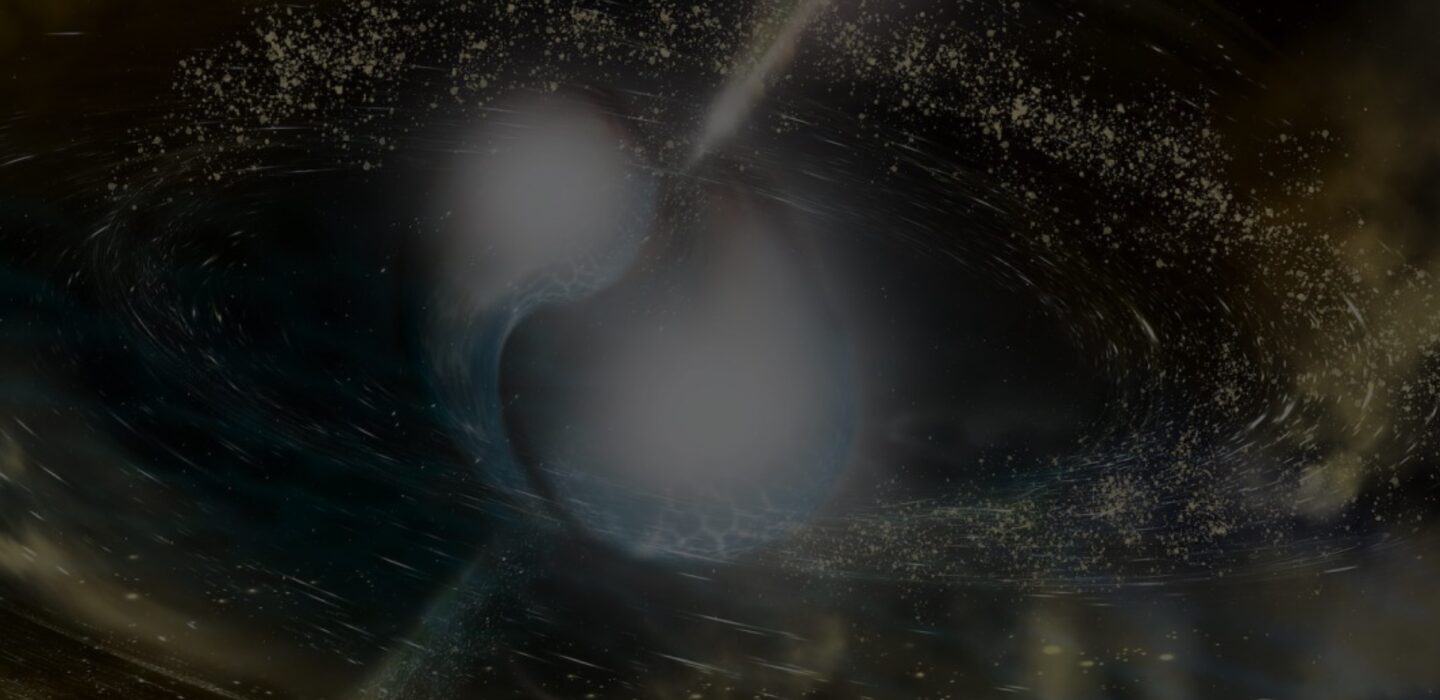Suvi Gezari


Tuesday September 23, 2025
4:00-5:00pm
Marlar Lounge
Using Tidal Disruption Events as Probes of Massive Black Hole Formation and Growth Over Cosmic Time
The tidal disruption of a star that wanders too close to a central black hole is a unique probe of quiescent supermassive black holes lurking in the nuclei of galaxies. We have demonstrated the ability to discover and spectroscopically classify large samples of tidal disruption events (TDEs) in the optical from the Zwicky Transient Facility (ZTF) Northern Sky Survey, with systematic high-energy follow-up with Swift and XMM-Newton. From these efforts, we now know the spectroscopic signatures, multi-wavelength properties, and host galaxy preferences of TDEs, and can begin to use TDEs as powerful probes of massive black hole demographics in quiescent galaxies. One of the most exciting applications of TDEs is the ability to probe intermediate mass black holes (IMBHs) that are expected to reside in dwarf galaxies, with demographics that encode the seeding mechanism of massive black holes in the early Universe. I will outline our strategy in the next decade for searching for TDEs across the black hole mass function, and over cosmic time, by extending our sensitivity to TDEs to lower central black hole masses and higher redshifts, by exploiting the discovery power of the next generation of wide-field time domain surveys, including Rubin, Roman, ULTRASAT, and UVEX.